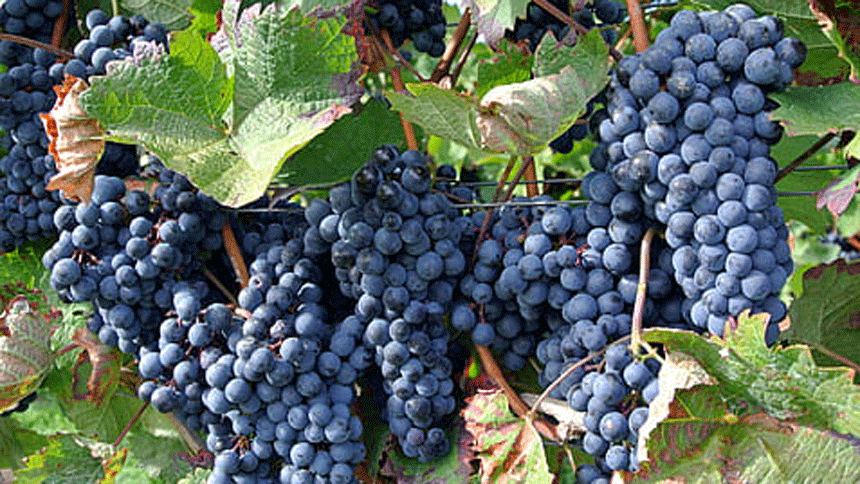“Liberty Times” quoted Ou Hanwen, a doctor of Hanshi Integrated Functional Medicine Center, in a Facebook post “Dr. Food stores, convenience stores, etc., sugary drinks and overly refined and processed foods are flooded in the daily diet. Although there is no shortage of food and you are not afraid of being hungry, it also creates another kind of malnutrition.
high quality protein food
The brain is a complex information transfer station that mediates physiological functions and performance through many nerve signals. Studies have found that protein helps to initiate alert nerve transmission, because protein is the raw material source of most neurotransmitters. Studies have also shown that a protein-rich breakfast helps children with ADHD perform better and reduces drug-induced irritability. Proper intake of protein foods can also help stabilize blood sugar and improve concentration, such as fish, eggs, beans, low-fat meat, and nuts are all high-quality protein sources.

complex carbohydrates
The most suitable carbohydrates for the brain are complex forms, such as whole grains, vegetables, fruits, beans, etc., which can provide more energy for the brain than refined carbohydrates, such as bread, sugary drinks or dessert snacks energy and help sleep quality. According to a Yale University study, drinking one sugar-sweetened beverage a day increases the risk of ADHD or attention deficit by 14%, so reducing your intake of any added sugar is imperative.
Good oils omeg-3 fatty acids
About 60% of the brain is composed of fat, so intake of good fat is very important for the health of the brain. Studies have pointed out that children with ADHD have lower levels of omega-3 fatty acids in their blood, and school children with lower DHA are more likely to have problems such as mood swings and learning disabilities.
In addition, oil-rich fish or fish oil provides two important oils, EPA and DHA. EPA can reduce the inflammation of cranial nerves, while DHA can protect nerve cells, help nerve conduction, etc., and help improve memory and concentration. Oil-rich Fish such as salmon, mackerel, and saury are good sources of omega-3 fatty acids. It is recommended to eat fish at least 2 to 3 times a week.

Foods Rich in Magnesium and Vitamin D
Studies have found that people with ADHD are prone to lack of vitamin D and magnesium, and a study published in BMC Pediatrics pointed out that children with ADHD who supplemented 50,000IU of vitamin D per week and 6mg of magnesium per day for 8 weeks can help improve children’s behavior and mental health, but high-dose nutritional supplements are recommended to be implemented under the professional assessment and instructions of physicians.
In the diet, the main sources of magnesium are nuts and seeds, green leafy vegetables, bananas, avocados, etc., while vitamin D mainly comes from animal foods, such as eggs, milk, salmon, pork liver, etc. In addition, dried shiitake mushrooms are also Contains higher amounts of vitamin D.
Foods rich in proanthocyanidins
Proanthocyanidins are a kind of polyphenolic phytochemicals in fruits and vegetables. They are natural antioxidants and can promote blood flow to the brain. In the past, there have been studies on the intervention of proanthocyanidins in adults and children with attention deficit, and found that it can help improve brain cognitive function, memory, etc. Foods rich in proanthocyanidins mainly come from purple vegetables and fruits, such as purple grapes, blueberries, eggplants, purple yams, purple sweet potatoes, etc.

Ou Hanwen reminded that children’s eating habits are actually a kind of inheritance of behavior patterns. Many times we will see parents eagerly hoping that their children will eat a balanced and healthy diet, but they may not be able to do it themselves and want to change their children’s eating habits , It also needs to be adjusted by the whole family.
2023-05-05 08:32:51
#Diet #improve #concentration #correcting #children #sit #ADHD #diet #adjustment #protein #carbohydrates #omeg3 #fatty #acids #vitamin #proanthocyanidins

